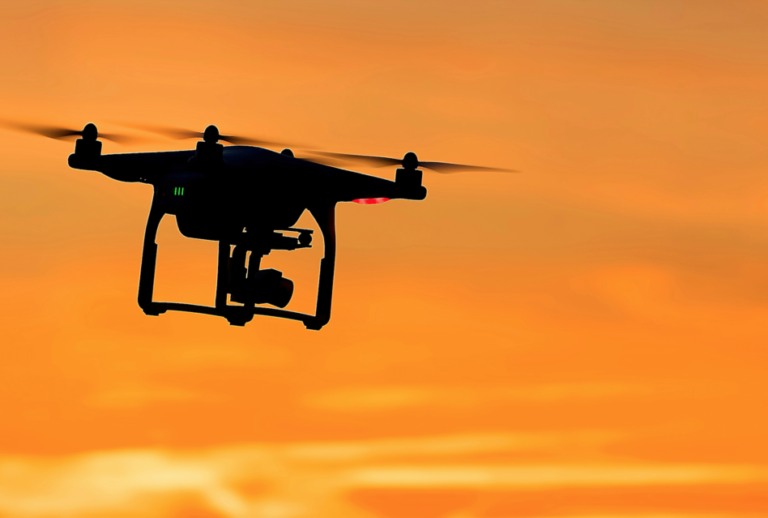

Image: Unsplash / Ricardo Gomez Angel
If you fail to follow drone laws as an operator in South Africa, you could land yourself a fine, or time in jail.
Drone use in South Africa is regulated by the South African Civil Aviation Authority (SACAA).
Legally referred to as ‘Remotely Piloted Aircraft Systems’ (RPAS) or ‘Unmanned Aircraft’ (UA), drones are used by commercial and private operators locally.
Regulations surrounding drone use in SA were first gazetted in 2015. Several updates to these regulations were made by SACAA in the years following, with the most recent occurring in 2023, reports BusinessTech.
These regulations aim at balancing safety and privacy concerns, and the use of this innovative tech in SA.
Regulations in place for commercial operators of drones locally – including the requirement of a Remote Pilot Licence and registration of drones – differs from those of private drone operators who use RPAS for recreational use.
5 things every private drone operator in South Africa should know
If you are using a drone for private purposes in SA and not for commercial outcome, interest, or gain, here are five important things you need to know about operating safely and within the law, as per SACAA:
1. Comply with the law
Remote pilots are fully responsible for flying their drones safely without endangering other aircraft, people, or property. Pilots must also comply with all statutory requirements related to liability, privacy, and other enforceable laws.
2. Keep within Restricted Visual Line-of-Sight
Private drone operations must always be conducted within Restricted Visual Line-of-Sight (R-VLOS). This means flying within 500 meters of the remote pilot and below the highest obstacle within 300 meters. The pilot must maintain direct visual contact with the drone to manage its flight and avoid collisions.
3. Only fly Class 1A or 1B Drones
Only Class 1A or 1B drones, which have a mass of less than 7 kg and impact energy of less than 15 kJ, are permitted for private operations. This classification ensures the drones are lightweight and pose minimal risk.
4. Stick to operational regulations
Private drones must not be flown near manned aircraft, within 10 kilometers of an aerodrome, or in controlled, restricted, or prohibited airspace. Additionally, flying over or adjacent to sensitive areas like nuclear power plants, prisons, police stations, crime scenes, courts, national key points, or strategic installations is prohibited.
5. Know the regulated distance from people and property
Drones must not be flown within 50 meters of any person or group of people (e.g., at sports fields, road races, stadiums, schools, or social events) and public roads. Flying over any property requires permission from the property owner. These rules are in place to ensure the safety and privacy of individuals and properties.
Follow us on social media for more travel news, inspiration, and guides. You can also tag us to be featured.
TikTok | Instagram | Facebook | Twitter

